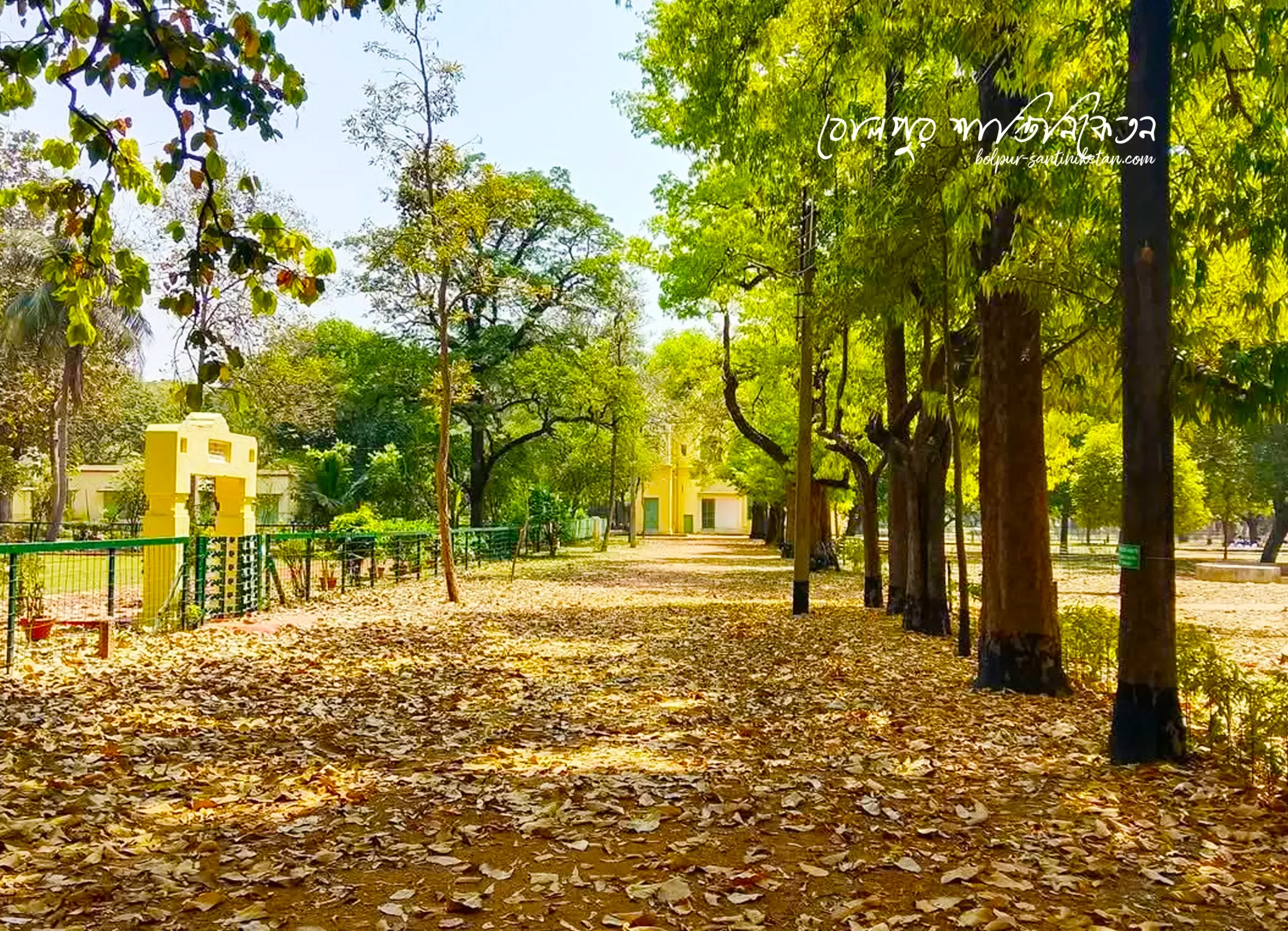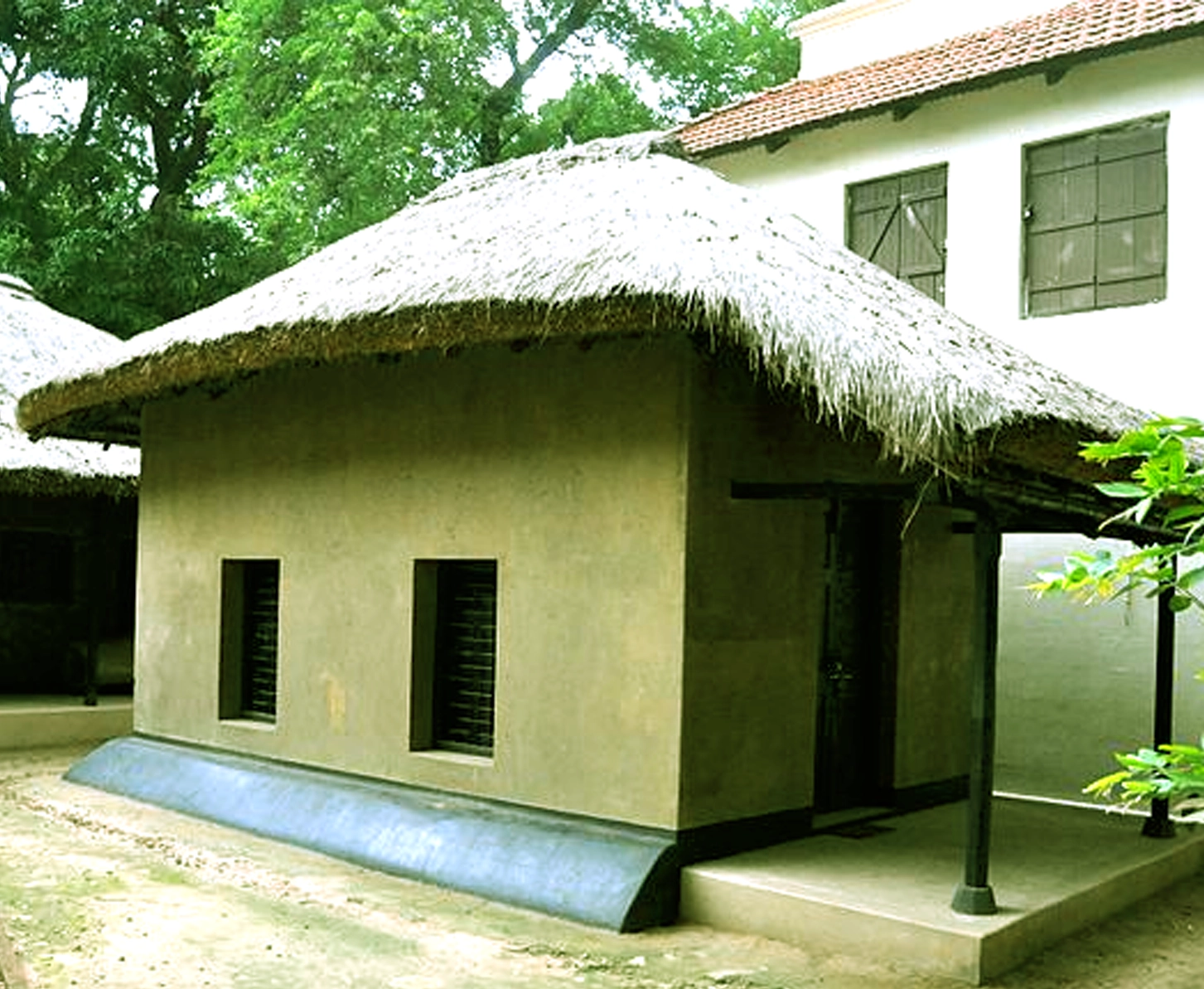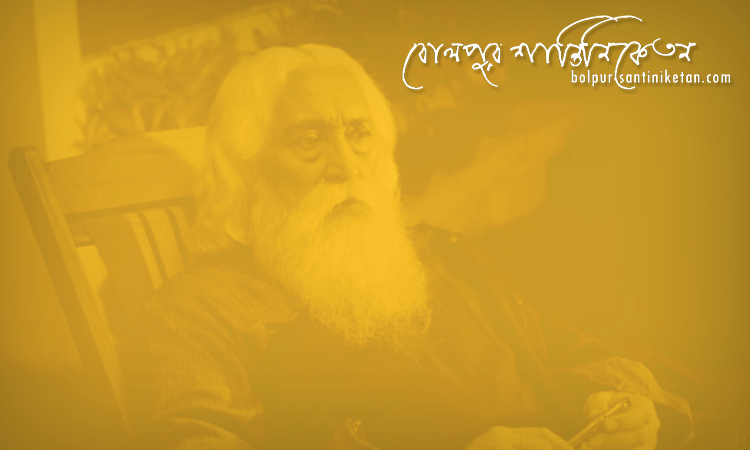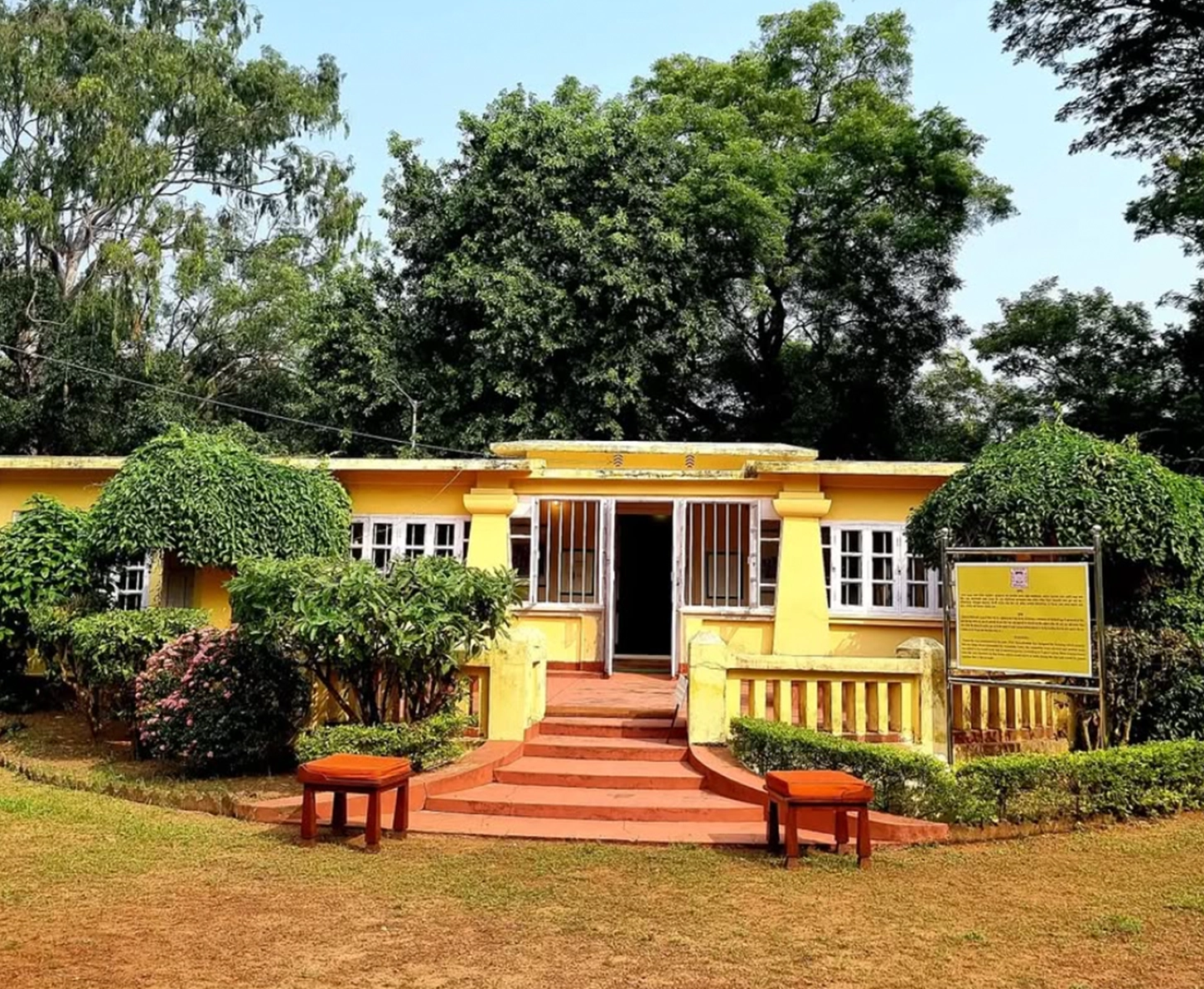Dinantika: A Heritage House in Santiniketan

History and Background
Dinantika, constructed in 1939, is one of the notable heritage houses within the Visva-Bharati University campus in Santiniketan, West Bengal. This house is part of the historic Uttarayan complex, where Rabindranath Tagore, the Nobel laureate poet, philosopher, and founder of Visva-Bharati, spent significant periods of his life. Dinantika was designed to serve as a meeting place for the university’s staff, fostering intellectual and cultural exchanges over tea, a practice locally known as the Cha chakra. The name “Dinantika” reflects its purpose, derived from the Bengali word din (day) and antika (close), suggesting a space for daily gatherings and camaraderie.
The house is a testament to Tagore’s vision of creating an environment that blends education, nature, and community. Its construction aligns with the architectural ethos of Santiniketan, emphasizing simplicity, functionality, and harmony with the natural surroundings. Dinantika’s historical significance lies in its role as a hub for discussions and relaxation, contributing to the vibrant intellectual community that Tagore envisioned. The house remains a preserved heritage site, reflecting the cultural and educational legacy of Santiniketan, which was inscribed as a UNESCO World Heritage Site in 2023.
Creator and Architectural Context
Dinantika was designed under the guidance of Rabindranath Tagore, with contributions from Surendranath Kar, a prominent artist and architect who worked closely with Tagore. Kar, who accompanied Tagore on several travels, incorporated influences from Indian, Japanese, and other Asian architectural traditions, aligning with Tagore’s philosophy of pan-Asian modernity. The design of Dinantika, like other structures in Santiniketan, emphasizes minimalism and integration with the natural landscape, using local materials such as red soil and terracotta.
The house’s architecture reflects the Santiniketan style, characterized by open spaces, natural ventilation, and aesthetic simplicity. Its construction in 1939 places it among the later additions to the Uttarayan complex, which also includes buildings like Udayana, Konark, and Shyamali, designed by Tagore’s son, Rathindranath Tagore, and other associates. Dinantika’s role in facilitating the Cha chakra underscores its importance as a communal space, embodying Tagore’s ideals of fostering unity and intellectual discourse.
Cultural and Historical Significance
Dinantika is more than just a physical structure; it encapsulates the spirit of Santiniketan as an abode of peace and learning. The Cha chakra gatherings held here were instrumental in building a sense of community among Visva-Bharati’s staff, contributing to the university’s unique culture of open dialogue and creativity. The house stands as a symbol of Tagore’s holistic approach to education, where intellectual pursuits were intertwined with social and cultural interactions.
Today, Dinantika is preserved as part of Santiniketan’s heritage, offering visitors a glimpse into the historical and cultural fabric of the region. Its proximity to other heritage structures, such as Dwijaviram (the residence of Tagore’s brother Dwijendranath) and the Rabindra Bhavan Museum, makes it an integral part of the Uttarayan complex, a key attraction for tourists and scholars exploring Tagore’s legacy.
Visiting Dinantika
Located within the Visva-Bharati University campus, Dinantika is accessible to visitors as part of guided tours of the Uttarayan complex. The site is open to tourists, though access to certain areas may be restricted to preserve its heritage status. Visitors are advised to check with the university authorities for specific timings and entry fees, which are typically nominal (around INR 50-100 for Indian nationals and higher for foreign tourists). Photography inside the house may be restricted to protect its historical integrity.
Dinantika’s serene ambiance and historical significance make it a must-visit for those exploring Santiniketan’s rich cultural heritage. It stands as a living reminder of Tagore’s vision, where architecture, education, and community converge to create a lasting legacy.
Explore Sightseeing of Bolpur Santiniketan

Natun Bari – A Cherished Heritage House in Santiniketan
Natun Bari is a significant heritage house located within the Visva-Bharati University campus in Santiniketan,...
